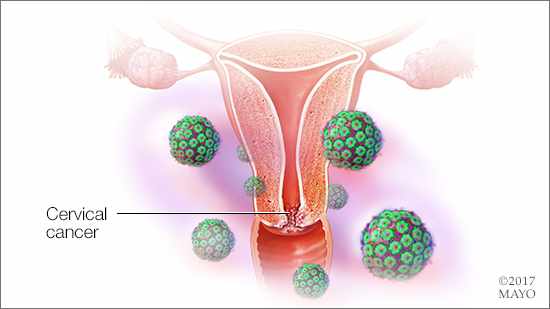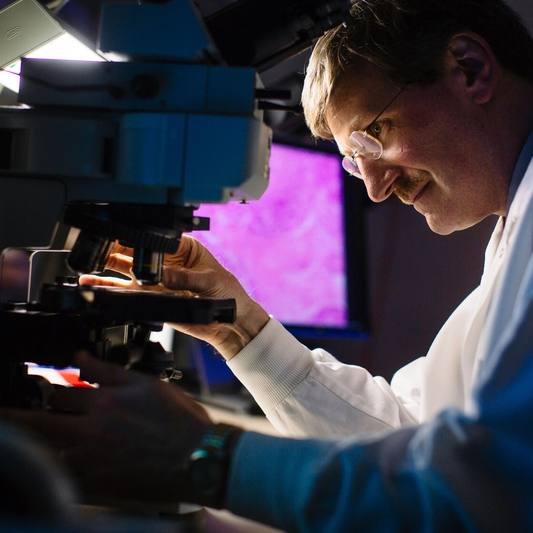-
Cancer
Living With Cancer: Understanding cervical cancer
 Cervical cancer: Symptoms and causes
Cervical cancer: Symptoms and causes
January is Cervical Health Awareness Month, which makes it a good time to learn more about cervical cancer. Early-stage cervical cancer generally produces no signs or symptoms. Indications of more advanced cervical cancer include vaginal bleeding after intercourse, between periods or after menopause; watery, bloody vaginal discharge that may be heavy and have a foul odor; and pelvic pain or pain during intercourse. Various strains of HPV, a sexually transmitted infection, play a role in causing most cervical cancer. Learn more about the risk factors for cervical cancer and what you can do to keep yourself healthy.
Myxofibrosarcoma
Myxofibrosarcoma is a type of cancer that typically appears as a slow-growing, painless lump on one of your legs or arms. The disease occurs mainly in people ages 50 to 70 and is slightly more common in men than in women. Myxofibrosarcoma often is mistaken for a benign tumor and treated as such by removing only the visible growth. This delays accurate diagnosis and complicates further treatment. Learn more about the signs and symptoms of myxofibrosarcoma.
Vulvar cancer
Vulvar cancer is a type of cancer that occurs on the outer surface area of the female genitalia. Though it can occur at any age, vulvar cancer is diagnosed most commonly in older adults. Signs and symptoms of vulvar cancer may include itching; pain; bleeding; skin changes, such as color changes or thickening; and a lumps, wartlike bumps or open sores. Learn about the risk factors for vulvar cancer and what you can do to keep yourself healthy.







